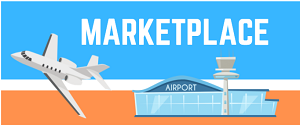Participating in illegal charter operations may expose a company (and maybe even a pilot and aircraft owner) to enforcement action from regulatory agencies, but such activities can also expose these parties to significant financial liability. Simply put, conducting illegal charter operations can mean flying without full insurance coverage in the event of an incident or accident.
An insurance policy is a contract which, in part, outlines the types of operations, qualifications or names of pilots, and even geographical areas in which the insurance provider will cover incidents and accidents.
“If the aircraft use, pilot, or other variable is outside the scope of the contract, you run the risk of invalidating coverage,” explained Josh Jabour, vice president – aviation & commercial lines at assured partners.
For example, a pilot conducting an illegal charter flight for hire (i.e., a commercial flight) not trained in accordance with the regulatory requirements for part 135 flights might not meet the training and qualifications requirements in the insurance policy. This could invalidate insurance coverage.
A part 135 certificate holder not abiding by authorizations found in Part 135 Operations Specifications –another form of illegal charter – might also run afoul of insurance policy language. For example, if an air charter operator conducts a charter flight outside of the FAA-authorized geographical regions of operations, this could also invalidate insurance coverage.
In some states, only variables causal to the accident can invalidate insurance coverage. Using the examples above, if an aircraft incident or accident occurred outside of an FAA-authorized geographical region of operations but the physical location of the accident had nothing to do with the accident (and was therefore not causal), then insurance coverage might be valid. Similarly, if an incident or accident had no root cause in pilot training, a pilot not fully trained and qualified to part 135 regulatory requirements might not invalidate insurance coverage.
To determine whether coverage will be provided in the case of illegal charter operations, an investigator will not only look at the scope of the policy, but will also consider what party is responsible for the illegal activity.
“If the investigator digs in, they’ll consider: Who is more complicit? Is it the operator, pilot, or aircraft owner? Was the activity intentional?” said Jabour. “There are people who just don’t know the rules, people who know and don’t care, and people who have tried to get it right by trying to obtain a part 135 certification and just return to dry leases and other sham agreements because the administration is easier.”
Jabour explained sham dry leases are one common example of illegal charter. In a dry lease, the lessor transfers operational control—or the authority to initiate, conduct and terminate a flight—to the lessee. This means the lessee is responsible for hiring and paying pilots, securing maintenance, and so on. In a sham dry lease, the lessor retains authority over some aspects of operation control. For example, the lessor might require a lessee to use specific pilots.
It’s important that lessors and lessees fully understand and completely abide by any agreement they sign to minimize their own financial risk and ensure coverage will be valid if an incident or accident occurs.
“Assumptions get people in trouble,” Jabour said. “Even if a company has a certificate, you still have bad actors. All of this activity impacts the insurance market and premiums.”






